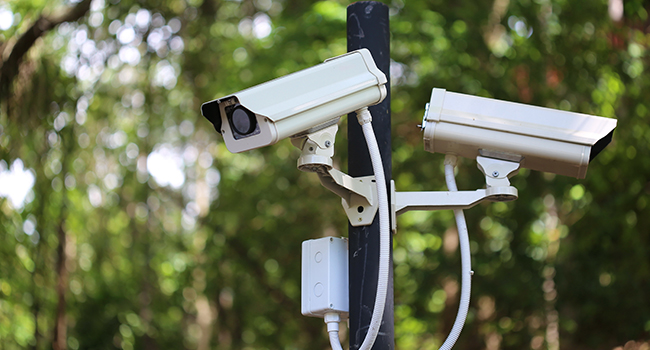
Jacksonville to Create Uniform Surveillance System
“By tying in cloud-based or network-based cameras into JSO’s larger infrastructure, it will help them investigate crimes, it will help them with a number of different capacities as it relates to where to put patrols,” Hughes said.
- By Jessica Davis
- Nov 26, 2018
The City of Jacksonville, Fla., is considering $3.3 million in requests to update the city’s surveillance system. The money would help fund new cameras as well as upgrades and maintenance to current surveillance systems.
According to Brian Hughes, Mayor Lenny Curry’s Chief of Staff, the goal is to increase public safety by creating a uniform network system. He said officials are working to determine what surveillance system would best work with Jacksonville Sheriff’s Office’s Real-Time Crime Center.
Hughes said that rather than sending a detective to a crime scene, investigators would be able to access video footage from a web-based server.
“By tying in cloud-based or network-based cameras into JSO’s larger infrastructure, it will help them investigate crimes, it will help them with a number of different capacities as it relates to where to put patrols,” Hughes said.
The city budgeted about $3 million for the security camera systems, which is about $300,000 shy of the request, according to Hughes, who is in charge of the security camera working group.
“If we need to go back and look at how we've allocated and look for some additional wiggle room, the mayor's always committed to giving public safety what it needs to work,” Hughes said.
About the Author
Jessica Davis is the Associate Content Editor for 1105 Media.